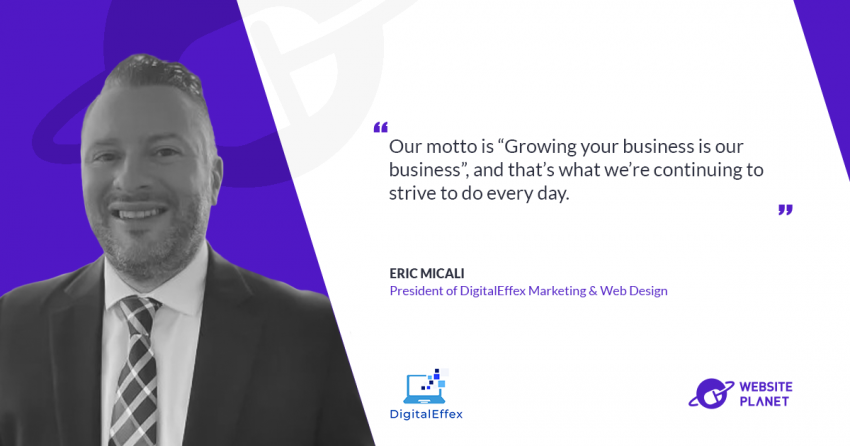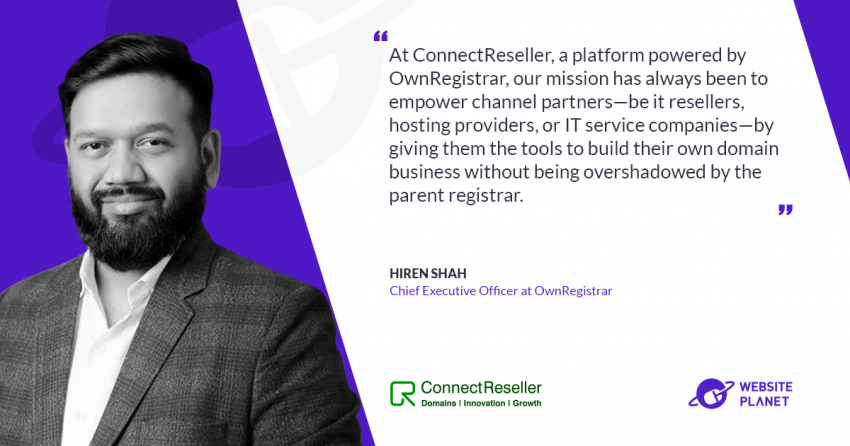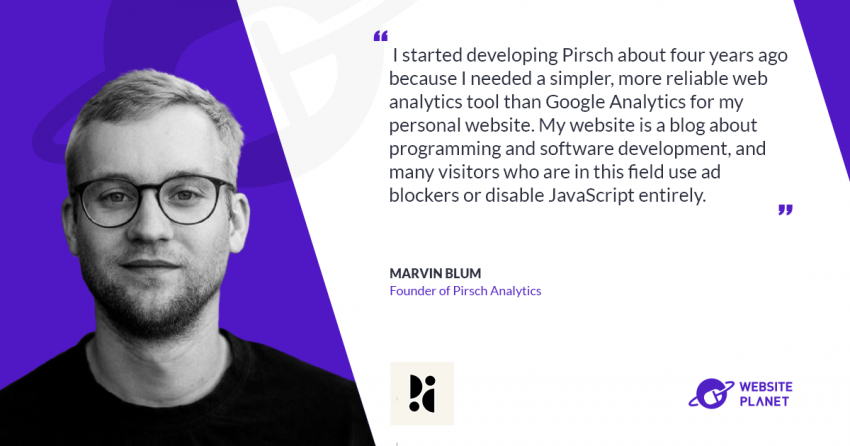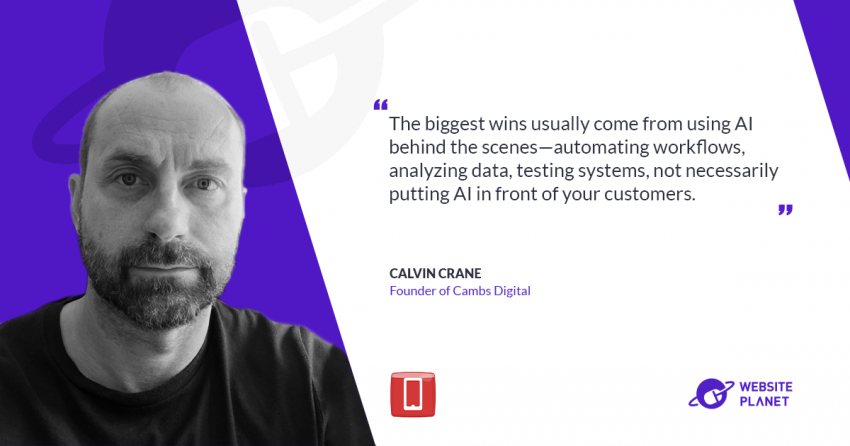Easel.ly is a web platform that allows you to create eye-catching infographics that make an impact. In this interview, Easel.ly founder and CEO Vernon Southward overviews some interesting use cases for infographics and shares his tips for getting it right, every single time.
![Easel.ly Interview summary]() The first one I would mention is having too much information on the infographic. What often happens is that people will write an essay on word, and just copy-paste all of it into the infographic, thinking that it’s going to make things magically different. It won’t.
An infographic should only have five points of information, and that information should be precise. It shouldn’t have long blocks of text. The reason it’s a problem is it ends up looking like a Word document, and that puts people off reading the infographic in the first place.
Of course, there’s the opposite problem of having too many graphics. Ultimately, it would just be too distracting for the consumer.
When you’re building your infographic, do some research on what type of infographic you want to build. Are you doing process infographics? Are you putting a timeline together? Are you creating a comparison? try to write down or plot out the infographic before you dive into it. Sometimes, the best thing to do is just to take a pencil and paper, and just sketch out what you think your infographic would look like, rather than going straight to the graphic part of the project.
To summarize, don’t have too many graphics, don’t have too much text, think about who’s consuming the infographic, and where you’re going to be posting it.
The first one I would mention is having too much information on the infographic. What often happens is that people will write an essay on word, and just copy-paste all of it into the infographic, thinking that it’s going to make things magically different. It won’t.
An infographic should only have five points of information, and that information should be precise. It shouldn’t have long blocks of text. The reason it’s a problem is it ends up looking like a Word document, and that puts people off reading the infographic in the first place.
Of course, there’s the opposite problem of having too many graphics. Ultimately, it would just be too distracting for the consumer.
When you’re building your infographic, do some research on what type of infographic you want to build. Are you doing process infographics? Are you putting a timeline together? Are you creating a comparison? try to write down or plot out the infographic before you dive into it. Sometimes, the best thing to do is just to take a pencil and paper, and just sketch out what you think your infographic would look like, rather than going straight to the graphic part of the project.
To summarize, don’t have too many graphics, don’t have too much text, think about who’s consuming the infographic, and where you’re going to be posting it.
Please describe the story behind the company: What sparked the idea, and how has it evolved so far?
Prior to founding Easel.ly, I worked as an internal tools developer at Microsoft for 12 years. When I graduated from there, I did a lot of business intelligence-based reporting. A couple of years ago, I noticed infographics were getting popular, but they were extremely hard to create online. The technology wasn’t available and you had to use Adobe products, which are very difficult for the layperson. In those early days, chrome was adding new html5 standards, and the browsers, in general, were getting a lot more powerful. Snapchat and Facebook were all about shorter, more visual content. Infographics have been around for a very long time, at least for 100 years. They were big in the print industry, and now, Easel.ly is making it a lot easier for people to create infographics digitally and independently, whereas before they would have had to go to a designer.What are some typical use cases for Easel.ly?
In the early days, teachers picked up on Easel.ly the fastest. They wanted to use it to engage students in the classroom. A typical project for school kids might be to describe the life of Abraham Lincoln in graphics. The students would then do their research, gather photos and data, and put everything into their infographic, which is a lot more engaging than writing an essay about Abraham Lincoln. Then there are academic summary papers where high school and college students might want to create a high-level overview of the thesis that they’ve been writing. What they used to do when it came to writing essays was purely plagiarized. They would go to Wikipedia articles and just copy and paste information into their paper, whereas with infographics, they have to think about what kind of information they should be putting on the graphic, what’s important and what’s not important, so they parse the information themselves. A small business might use infographics to explain a product or a service they have. It might be a local Coffee Company wanting to explain the roasting process that their coffee goes through, so they would create a nice graphic to aid the conversation with their customers and educate them about how coffee is being roasted in the shop. Startups and enterprises might use it to explain why you need them, what their sales process is like, or what their service entails, or it might be a real estate agent who wants to talk through the buyer about all the different steps that they have to go through to buy a house. Job seekers often use Easel.ly for building resumes. We also have a lot of bloggers that use our infographics to visually summarize a blog post that they’ve written and then post it on Facebook, Pinterest, and Twitter, which are the three leading platforms for infographics.To illustrate Easel.ly’s capabilities, my next question was answered with an infographic!
 The first one I would mention is having too much information on the infographic. What often happens is that people will write an essay on word, and just copy-paste all of it into the infographic, thinking that it’s going to make things magically different. It won’t.
An infographic should only have five points of information, and that information should be precise. It shouldn’t have long blocks of text. The reason it’s a problem is it ends up looking like a Word document, and that puts people off reading the infographic in the first place.
Of course, there’s the opposite problem of having too many graphics. Ultimately, it would just be too distracting for the consumer.
When you’re building your infographic, do some research on what type of infographic you want to build. Are you doing process infographics? Are you putting a timeline together? Are you creating a comparison? try to write down or plot out the infographic before you dive into it. Sometimes, the best thing to do is just to take a pencil and paper, and just sketch out what you think your infographic would look like, rather than going straight to the graphic part of the project.
To summarize, don’t have too many graphics, don’t have too much text, think about who’s consuming the infographic, and where you’re going to be posting it.
The first one I would mention is having too much information on the infographic. What often happens is that people will write an essay on word, and just copy-paste all of it into the infographic, thinking that it’s going to make things magically different. It won’t.
An infographic should only have five points of information, and that information should be precise. It shouldn’t have long blocks of text. The reason it’s a problem is it ends up looking like a Word document, and that puts people off reading the infographic in the first place.
Of course, there’s the opposite problem of having too many graphics. Ultimately, it would just be too distracting for the consumer.
When you’re building your infographic, do some research on what type of infographic you want to build. Are you doing process infographics? Are you putting a timeline together? Are you creating a comparison? try to write down or plot out the infographic before you dive into it. Sometimes, the best thing to do is just to take a pencil and paper, and just sketch out what you think your infographic would look like, rather than going straight to the graphic part of the project.
To summarize, don’t have too many graphics, don’t have too much text, think about who’s consuming the infographic, and where you’re going to be posting it.















